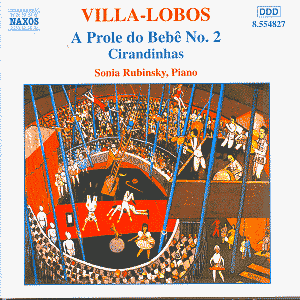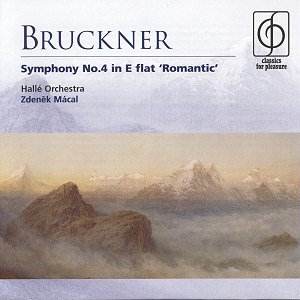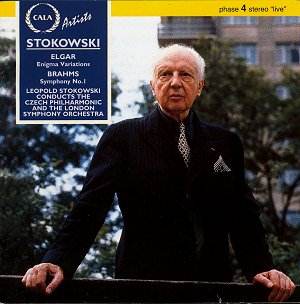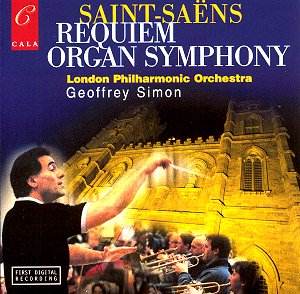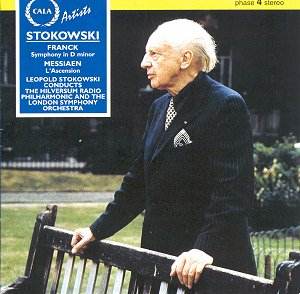 Composer: Leopold Stokowski
Composer: Leopold Stokowski
Works: Maurice Ravel – Fanfare from L’Eventail de Jeanne; Frédéric Chopin – Mazurka in A Minor, Op. 17 No. 4; Olivier Messiaen – L’Ascension; Henri Duparc – Extase; César Franck – Symphony in D Minor
Performers: London Symphony Orchestra; Hilversum Radio Philharmonic Orchestra; Leopold Stokowski, conductor
Recording: 1970-1972
Label: Cala CACD 0525
Leopold Stokowski, a towering figure in the realm of orchestral conducting, is often remembered for his imaginative interpretations and unique orchestral colors. The current collection showcases his interpretations of a diverse array of French repertoire, with a notable emphasis on the emotional depth and intricate textures inherent in each work. The juxtaposition of Ravel’s whimsical motives with the profound spirituality of Messiaen and the lush lyricism of Franck provides a fertile ground for Stokowski’s idiosyncratic yet compelling approach.
In the opening Fanfare from Ravel’s L’Eventail de Jeanne, Stokowski’s orchestral palette bursts forth with vibrant colors, the brass and woodwinds achieving a buoyancy that is both playful and grand. The lushness of the orchestration is vividly captured in the recording, revealing the intricate interplay of sonorities that Ravel so masterfully orchestrated. This exuberance is followed by Chopin’s Mazurka in A Minor, Op. 17 No. 4, where Stokowski’s orchestration transforms the intimate piano work into a full-bodied orchestral experience. The conductor’s interpretive choices, particularly in the rubato and subtle shifts in dynamics, infuse the piece with a sense of yearning that resonates deeply. One can hear the delicate balance between the melodic line and its harmonic support, illustrating Stokowski’s understanding of Chopin’s musical language, albeit with a degree of exaggeration that some may find idiosyncratic.
The performance of Messiaen’s L’Ascension stands as a highlight of this recording. Stokowski, who had previously recorded this work in 1947, brings a profound sense of devotion to the score. The architecture of the piece is meticulously crafted under his baton, with each section unfolding with both clarity and emotional weight. The soaring lines, especially in the second movement, exhibit a transcendent quality, portrayed through the orchestra’s nuanced dynamics and Stokowski’s keen ear for balance. This recording also shines in its engineering; the sound is rich and enveloping, allowing the listener to appreciate the full spectrum of orchestral color. The clarity of the strings juxtaposed with the brass’s assertiveness showcases a meticulous attention to detail.
Henri Duparc’s Extase further demonstrates Stokowski’s capacity for lyrical interpretation, with the orchestral textures weaving a lush tapestry that supports the vocal line’s ethereal qualities. The performance captures the essence of longing that permeates Duparc’s music, albeit with a slightly heavy-handed approach that may not be to everyone’s taste. This tendency towards exaggeration can also be noted in the Franck Symphony, where the Hilversum Radio Philharmonic Orchestra’s execution occasionally falters under Stokowski’s ambitious vision. While the emotional investment is palpable, the interpretation sometimes sacrifices precision for intensity, leading to a performance that is both compelling and flawed.
Recording quality is notably strong, with the remastering ensuring that the warmth and richness of the orchestral sound are preserved. The balance between sections is commendable, allowing for a clear delineation of thematic material, particularly in the Franck Symphony, where dense orchestration can often cloud the textures. The notes accompanying the recording provide valuable context, enhancing the listening experience by situating these works within their historical and stylistic frameworks.
This recording, while not essential for the Stokowski discography, serves as an engaging exploration of his interpretive sensibilities. The emotional depth and orchestral brilliance he brings to the works, particularly Messiaen and Ravel, reveal both the strengths and limitations of his approach. The listener is treated to a masterclass in orchestral color and expression, making this collection a worthwhile endeavor for those interested in Stokowski’s legacy and the broader French orchestral repertoire.
